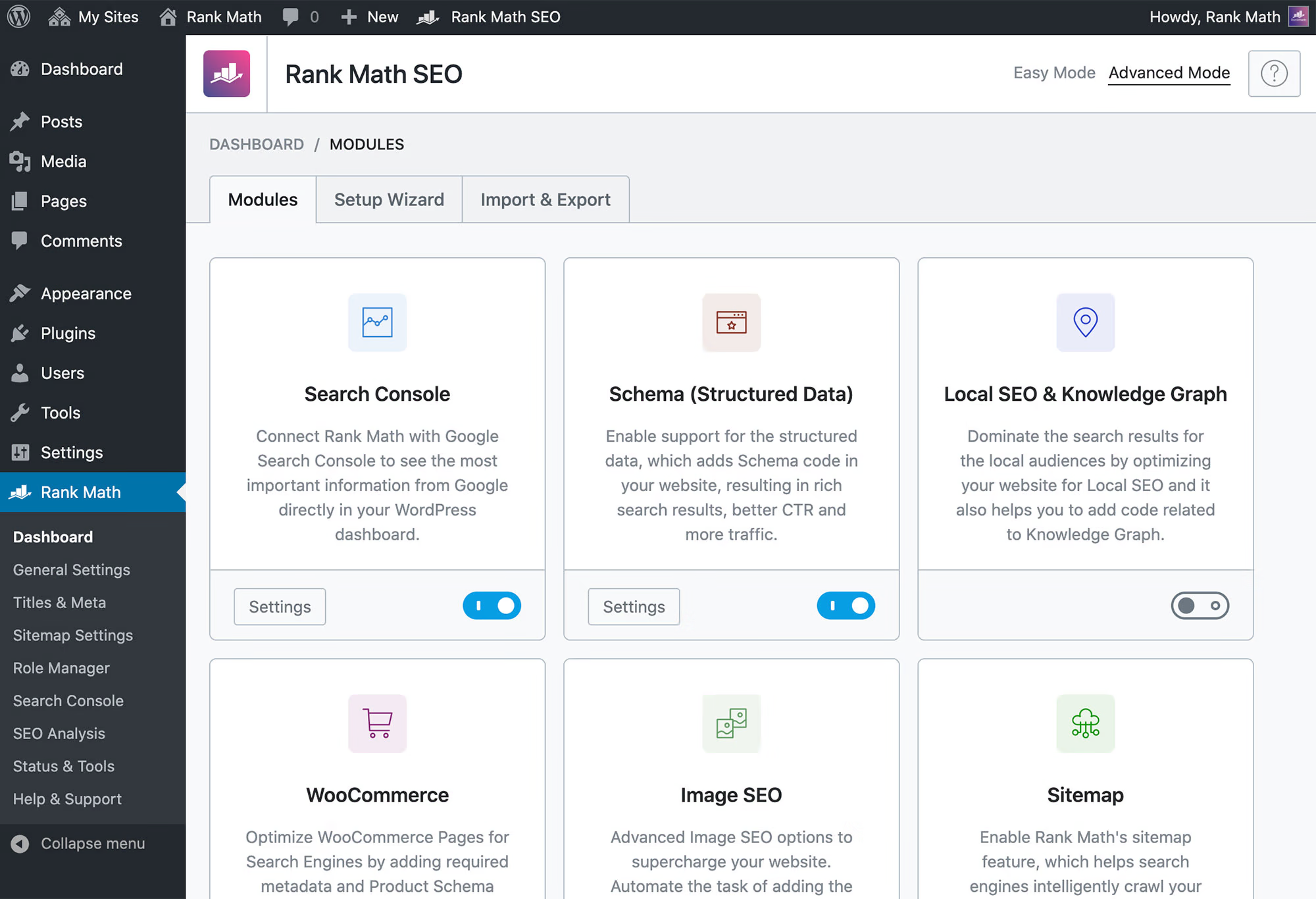How to Write SEO-Friendly Articles Without Typing: My Secret Method
In this article, I am going to reveal my personal method of writing SEO-friendly articles without typing, and how you can use this approach to write three articles in just a few minutes for your new blog. Using this method, you can create content quickly, rank on Google, and get traffic without backlinks. Let’s dive into the secret method that has helped me rank new articles, even on low-competition keywords, without doing any off-page SEO.
Proof of Success: Ranking on Google Without Backlinks
Before sharing my personal method, let me show you proof that this technique works. I am presenting the data from a new website, BJP Yojna.in, which is just 1.5 months old. If I had shown you the data from an older site, you might have said it ranks due to high domain authority or backlinks. But here, I’m showing you a new domain with no backlinks or off-page SEO, relying solely on on-page SEO.

SEO-friendly articles
When I opened the Search Console, you could see several pages of this site ranking on Google, with some keywords ranking at positions like #5, #3, #8, and even #1. For instance, the article for the keyword “Forest Card Requirement” shows up at #2, although it might fluctuate. This shows the effectiveness of this method.
Getting AdSense Approval Using This Method
I’ve used this method for over five years, and it has helped me get AdSense approval for multiple sites. Recently, we got approval for a new site, bp.in, which was approved on 26th August 2024. Many of my viewers doubted whether this method still works in 2024, so here’s the proof that it does.
Step-by-Step Guide to Writing SEO-Friendly Articles
Now that you have the proof, let’s move on to my method. The best part is you won’t need to type anything. Instead, I use Google Docs Voice Typing to create articles quickly. Here’s how:
1. Open Google Docs: Take a blank document and enable the voice typing tool.
2. Select Your Language: You can select any language, like Hindi or English, depending on your target audience.
3. Start Speaking: Speak your thoughts out loud, and Google Docs will transcribe everything in real-time. This method allows you to focus on what you want to say without typing.

SEO-friendly articles
Formatting the Article
Once your content is typed, follow this simple format for SEO-friendly articles:
– Introduction: Start with an engaging introduction that hooks the reader.
– Headings: Break the article into sections with headings related to your topic.
– Overview Table: Provide essential details in a table format (e.g., post details, qualifications, fees, etc.).
– Internal and External Linking: Add internal links to other relevant articles and external links to authoritative sources.
– Bullet Points and Numbering: Use bullet points and numbered lists to make the article easy to read.
– Conclusion: Summarize your article and end with a call-to-action.
Following this format will make your article more structured and SEO-friendly.
Time and Word Count
Using this method, I was able to write a 600-word article in just 15 minutes, starting at 12:30 and finishing by 12:45. This speed is possible because of the voice typing tool, making it an excellent option for those who struggle with typing.
Creating the Featured Image
To further optimize your article, you need a high-quality featured image. You can create one using Canva. After creating the image, convert it to WebP format to reduce file size. For example, an image that was originally 100kb became 39kb after conversion. This improves page load speed, which is a ranking factor.
SEO Optimization: Using Rank Math
After writing the article, ensure that your SEO score is high by following these steps:
1. Focus Keyword: Enter your primary keyword in the focus keyword section.
2. Permalink: Include the keyword in the permalink.
3. Meta Description: Write a meta description containing your keyword.
4. Table of Contents: Enable the table of contents using Rank Math to boost the SEO score.
5. Schema Markup: Add schema markup (e.g., news or job posting schema) to enhance your article’s chances of ranking in Google Discover.

SEO-friendly articles
After completing these steps, your article should have an SEO score of 83 or higher in Rank Math, indicating it’s ready to rank on Google.
Posting Frequency and Social Sharing
To grow your blog and get discovered by Google, I recommend posting 3-5 articles per day. Once you publish the articles, share them on social media platforms like Instagram and Facebook to drive traffic and improve visibility.
Method 2: AI Article Generator Tool
For those who want an even faster solution, you can use an AI article generator tool. This tool generates articles of up to 5000 words with one click and even includes images, internal and external links, and other on-page SEO elements.
To use this tool:
– Enter your focus keyword.
– Adjust the settings to match your article needs.
– Click to generate the article.
This method is great for bulk article generation and works well for Google’s AI content detection.
Conclusion
Both methods allow you to write SEO-friendly articles quickly, with minimal effort. If you follow these steps, you’ll be able to rank articles and get AdSense approval easily. Start writing today, and remember to share your articles on social media for more visibility.
If you found this article helpful, don’t forget to like and comment and stay tuned for more such tips!
SEO-friendly articles Source Link:- Click Here
FAQs
- What is the easiest way to write SEO-friendly articles without typing? The easiest way to write SEO-friendly articles without typing is by using voice typing tools like Google Docs Voice Typing or other dictation software. These tools allow you to speak your content, which is then automatically transcribed into text.
- How can voice typing improve SEO content writing? Voice typing can speed up the writing process, allowing you to focus more on creating high-quality content. By saving time on typing, you can dedicate more effort to researching keywords, optimizing for SEO, and structuring your article properly.
- Is voice typing accurate enough for professional articles? Yes, modern voice typing tools like Google Docs and Microsoft Word are highly accurate. They allow for easy corrections, and most offer built-in spell checks and formatting options, making them suitable for professional content creation.
- What are the benefits of using voice typing for SEO articles? The key benefits include faster content creation, more natural language flow, and the ability to focus on SEO optimization rather than manual typing. Voice typing can also reduce strain on your hands and increase productivity.
- Can I use voice typing tools on mobile devices? Yes, most voice typing tools, including Google Docs, Microsoft Word, and speech-to-text apps, are available on mobile devices. You can use them to create SEO-friendly content on the go.
- How do I ensure my voice-typed article is SEO-friendly? After voice typing your article, review the content to ensure it includes the necessary SEO elements like focus keywords, meta descriptions, headers, and internal/external links. Tools like Rank Math can help guide you in optimizing the article.
- Are there any free tools for writing SEO articles without typing? Yes, Google Docs offers a free voice typing tool. Additionally, there are free speech-to-text apps available for both desktop and mobile platforms, which can help you write SEO articles without typing.
- How long does it take to write an SEO-friendly article using voice typing? The time varies based on the length and complexity of the article. However, voice typing typically speeds up the writing process, allowing you to create content much faster than typing manually.
- Can I write all types of articles using voice typing tools? Yes, voice typing tools can be used for any type of article, including blogs, news, technical writing, and even creative content. You can adjust your dictation style based on the article type.
- Do I still need to edit after using voice typing? Yes, editing is essential even after using voice typing. You’ll need to ensure proper grammar, sentence structure, and flow, as well as add any SEO elements like keywords and headings for optimization.
